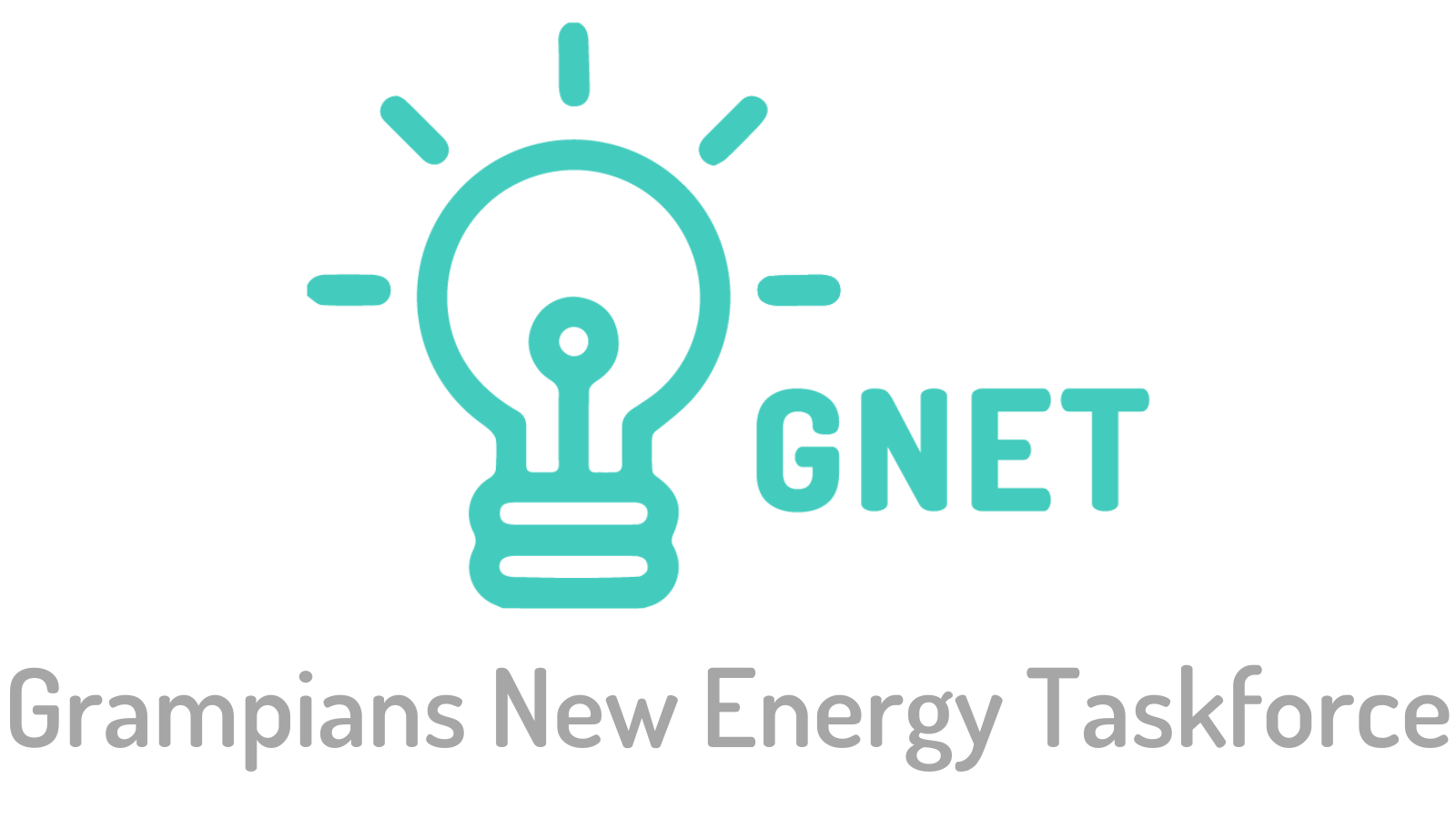Roadmap to Net Zero Emissions by 2050
Project Roadmaps 2022
GNET have recently released the following Roadmaps for ‘Community Energy’ ‘Agriculture’, and ‘Energy as an Enabler’. Each report identifies numerous opportunities, challenges, stakeholder engagement findings and desired outcomes for each roadmap, and then presents outputs and actions to direct the next steps towards the goal of Net Zero Emissions by 2050.
R2Z released (May 2020)
A carbon neutral future for the Grampians region is now in clear view and the roadmap to guide the region to its net zero emissions destination has been released. In 2018, GNET, in collaboration with a number of regional organisations, set out to develop a strategic plan that would decarbonise the entire Grampians region by 2050. The strategic plan – The Roadmap to Zero Emissions for the Grampians Region (R2Z) – shows how with clear and targeted actions from within the region and beyond, from government and industry, the region can achieve beyond zero emissions.
What does net zero emissions mean?
The concept of net zero emissions describes a balance between the amount of carbon released into the atmosphere and the amount of carbon taken out of it. For the Grampians region, it means human society and the natural environment are not emitting more carbon than they are drawing back from the atmosphere, across the region as a whole.
In other words, we can measure the carbon that a region emits into the atmosphere and the carbon it draws back down. When the draw-down is equal to or greater than the emissions, the region has achieved net zero emissions.
What are the region’s emissions?
Emissions occur from both human activity and from activity in the natural environment. Achieving the net zero emissions goal requires taking account both aspects.
Roadmap to Net Zero Emissions
The Grampians New Energy Taskforce (GNET) commissioned Victorian based and nationally recognised think tank; Beyond Zero Emissions, to develop Australia’s first regionally focused ‘Roadmap to Zero Emissions by 2050 for the Grampians Region’ (R2Z). The R2Z will envision and guide the decarbonising of the complete Grampians region, which includes Ballarat, Central Highlands and Wimmera Southern Mallee.
The R2Z illustrates the pathways and recommended actions for the region to take, as it transitions to a net zero emissions economy.
The R2Z explores opportunities that will help the region transition to net zero carbon emissions and provides the social, technical and policy foundations needed for empowered local communities to make clear choices about their future.
The R2Z and subsequent work will be used to inform community, industry and government of the individual and collective change, and resourcing that will need to be implemented to achieve the net aspiration of zero emissions by 2050.
The pathways
The R2Z identifies that greenhouse gas emissions can be reduced at varying rates depending on the pathway of action chosen. Three scenarios were developed:
A business as usual approach: assumes no significant policy changes and existing trends in markets and technologies. This approach would achieve 23.3% of the target by 2050.
A local action approach: where Local Government works collaboratively with communities, business and State Government; to raise awareness and stimulate emissions reductions through action within the current policy settings. This approach can achieve 76.5% of the target by 2050.
A collaborative action approach: relies on clear and targeted actions delivered within the region that are complemented by strong actions from all levels of Government and industry. This approach results in net zero emissions by 2043.











